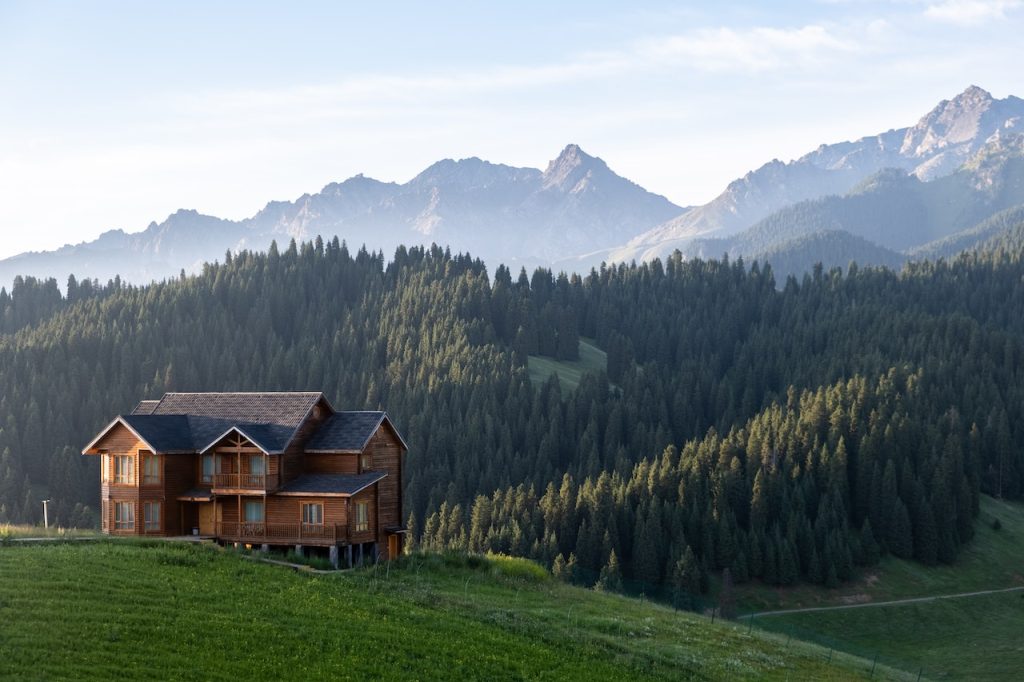# Urban Oasis: Designing Sustainable Gardens in Small Spaces
Once upon a time, in a bustling city where concrete reigned, I discovered the magic of transforming forgotten corners into lush hideaways. It all started with a simple balcony that overlooked high-rise buildings and busy streets. Unbeknownst to me, this small outdoor space was about to undergo a glorious metamorphosis. With a patch of sunlight, a few seed packets, and a dash of enthusiasm, I cultivated a miniature Eden. Over time, what flourished wasn’t just a garden; it was a sanctuary brimming with life, laughter, and a commitment to sustainable practices.
## The Benefits of Urban Gardening
Urban gardening isn’t just a trend; it’s a vital response to our increasingly concrete-laden landscapes. With limited space, many city dwellers feel disillusioned about their potential for green living. However, incorporating plants into our lives—be it through balcony gardens, rooftop setups, or indoor pots—offers an array of benefits.
1. **Fresh Produce at Your Fingertips:** There’s nothing like the taste of a ripe tomato plucked straight from its vine or fresh basil snipped moments before pizza night. Such experiences not only elevate meals but also instill a deeper appreciation for food.
2. **Improved Air Quality:** Plants work as natural air filters, absorbing carbon dioxide and releasing oxygen. Even small gardens can significantly enhance indoor and outdoor air quality.
3. **Mental Well-Being:** Studies show that being around greenery can reduce stress and enhance mood. Cultivating a garden—no matter the size—offers therapeutic benefits that are hard to replicate in a fast-paced urban environment.
4. **Biodiversity Boost:** Urban gardens can attract various pollinators like bees, butterflies, and birds, contributing to the local ecosystem and supporting biodiversity.
5. **Environmental Impact:** Creating green spaces helps combat urban heat islands, mitigate stormwater runoff, and reduce carbon footprints, turning our cities into more sustainable habitats.
## Designing Your Urban Oasis
Now that we’ve covered the benefits, let’s dive into the nitty-gritty of designing and maintaining your very own sustainable garden in a small urban space. Here’s a step-by-step guide:
### 1. Assess Your Space
Before you start planting, take stock of your space.
– **Sunlight Exposure:** Observe how much sunlight your area receives throughout the day. Identify spots with full sun, partial shade, or deep shade. Most vegetables and flowering plants need at least 6 hours of sunlight daily.
– **Size Matters:** Measure your available area. Whether it’s a balcony, rooftop, or windowsill, understanding your dimensions will help you decide which plants are practical.
– **Accessibility:** Ensure that your garden is easy to reach for watering, pruning, and harvesting. This will make maintenance less of a chore and more of a joy.
### 2. Choose the Right Plants
Choose plants based on your climate, available sunlight, and your culinary preferences.
– **Container Gardening:** Opt for containers if you’re short on ground space. Many fruits, vegetables, and herbs thrive in pots, including tomatoes, peppers, strawberries, and various herbs.
– **Vertical Gardening:** Utilize vertical space by growing climbing plants like peas, beans, or cucumbers on trellises. Vertical planters can also house several herbs and flowers.
– **Dwarf Varieties:** Look for dwarf or compact varieties of plants. For instance, mini fruit trees and small flower species can yield delightful results in limited spaces.
### 3. Soil and Sustainability
Healthy soil is fundamental to any garden’s success.
– **Compost:** Create a small compost bin to recycle kitchen scraps—vegetable peels, fruit cores, eggshells—into nutrient-rich compost. This is a superb way to enrich your soil sustainably.
– **Organic Soil Mix:** Use organic potting soil that includes natural fertilizers and compost. This ensures your plants receive the nutrients they need for robust growth.
### 4. Water Wisely
Watering is crucial, particularly in smaller spaces where soil can dry out rapidly.
– **Drip Irrigation:** Consider installing a simple drip irrigation system to conserve water while ensuring your plants receive consistent moisture.
– **Rainwater Harvesting:** If possible, set up a rain barrel to collect rainwater. This environmentally friendly practice helps manage stormwater runoff and reduces reliance on municipal water.
### 5. Create Microclimates
Maximize your urban garden’s potential by creating microclimates—areas in your garden with distinct conditions.
– **Using Shade:** Utilize shade from buildings or trees to shelter heat-sensitive plants. This prevents wilting during scorching summer days.
– **Windbreaks:** Create barriers, such as trellises or hedges, to protect plants from strong winds while also adding a lovely aesthetic touch.
### 6. Encouraging Wildlife
Integrating wildlife-friendly practices requires minimal effort and provides immense rewards.
– **Pollinator Plants:** Identify flowering plants that attract bees, butterflies, and hummingbirds. Think lavender, sunflowers, and zinnias.
– **Natural Habitat:** Leave small areas of your garden untended to allow native plants to grow, providing habitats for insects and birds.
## Pro Tips for Urban Garden Success
Incorporating small changes can lead to significant improvements in your garden’s health and productivity. Here are some pro tips:
– **Rotate Your Crops:** Avoid planting the same crops in the same spot each season to prevent soil depletion and plant diseases.
– **Mulching:** Use organic mulch to retain moisture, suppress weeds, and enhance the soil as it breaks down.
– **Green Manures:** Grow cover crops like clover or rye during the off-season to enrich the soil and prevent erosion.
– **Smart Spacing:** Don’t overcrowd your plants; adequate spacing allows for healthy growth and airflow, reducing disease risk.
– **Regular Maintenance:** Spend time each week tending to your garden—pruning, checking for pests, and enjoying the beauty you’ve created. Garden chores become a meditative practice rather than a burden.
## Harvest and Celebrate
With steady growth and care, your urban oasis will yield its bounty, and it’s time to harvest the fruits of your labor! Organize small gatherings with friends and family to share your garden’s produce, inspire others to start their own green spaces, and celebrate the dedication and joy linked to sustainable living.
## Conclusion
Designing sustainable gardens in small urban spaces is more than just a creative venture; it’s an opportunity to connect with nature, promote sustainability, and enjoy the fruits of your labor. From balcony herbs to rooftop tomatoes, every inch can become a thriving oasis of greenery. Remember, each garden is a reflection of its gardener, so let your creativity flow, experiment, and, most importantly, have fun cultivating your urban sanctuary!
By transforming the mundane into the extraordinary, you can become a beacon of green living, inspiring change in your community and making the world a little brighter—one sustainable garden at a time. Start your urban gardening journey today and watch how a small patch of earth can bring magic into your life and the lives of those around you!



